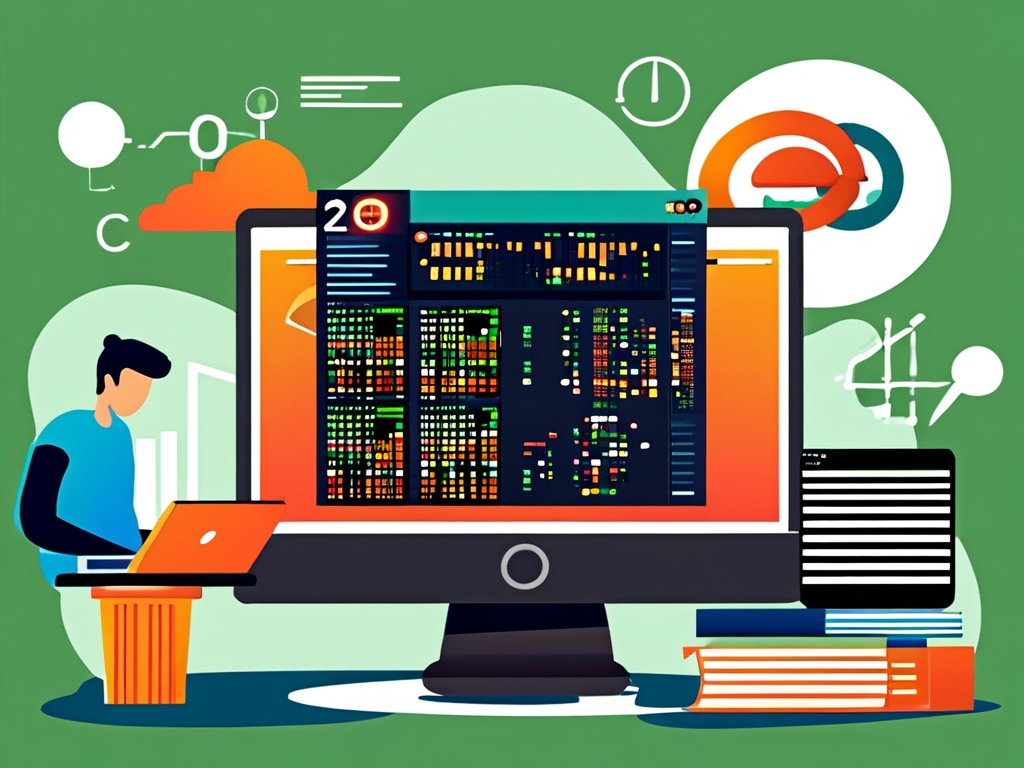In today's fast-paced digital landscape, businesses and individuals increasingly demand tools that simplify complex technical processes. One innovation transforming how organizations handle data is the no-code database development platform. But what exactly is this technology, and why is it gaining momentum? Let’s explore its definition, core features, benefits, and real-world applications.

Defining No-Code Database Development Platforms
A no-code database development platform is a software solution that enables users to design, build, and manage databases without writing a single line of code. These platforms use visual interfaces, drag-and-drop tools, and pre-built templates to democratize database creation, making it accessible to non-technical users like business analysts, project managers, and entrepreneurs. Unlike traditional database systems (e.g., SQL or Oracle), which require programming expertise, no-code platforms abstract technical complexities, allowing users to focus on logic and workflows.
Core Features of No-Code Database Platforms
- Visual Database Design: Users create tables, define relationships, and set data types through intuitive interfaces. For example, dragging fields like "Customer Name" or "Order Date" into a spreadsheet-like grid.
- Pre-Built Templates: Platforms often include templates for common use cases (e.g., inventory management, CRM, or project tracking), accelerating deployment.
- Automated Data Validation: Rules for data entry (e.g., mandatory fields or email formatting) are enforced through simple configurations.
- Integration Capabilities: Many platforms connect with third-party apps like Slack, Google Workspace, or payment gateways via APIs.
- Role-Based Access Control: Administrators assign permissions to ensure data security without coding complex authorization systems.
Why No-Code Database Platforms Matter
1. Democratizing Data Management
Historically, database development required specialized skills in SQL, Python, or Java. No-code platforms break down these barriers, empowering departments like marketing or HR to build custom databases tailored to their needs. For instance, a sales team can create a lead-tracking system without relying on IT.
2. Speed and Agility
Traditional database projects can take weeks or months. With no-code tools, teams prototype and deploy solutions in hours. Startups, in particular, benefit by iterating quickly based on user feedback.
3. Cost Efficiency
Hiring developers or outsourcing database projects is expensive. No-code platforms reduce costs by enabling in-house teams to handle tasks independently. A small business owner, for example, could build an e-commerce inventory database at a fraction of the cost.
4. Scalability
Modern no-code platforms support scaling from small datasets to enterprise-level operations. Cloud-based solutions automatically manage infrastructure, ensuring performance as data grows.
Real-World Applications
- Small Businesses: A bakery owner uses a no-code platform to track ingredient supplies, customer orders, and delivery schedules.
- Nonprofits: An NGO builds a donor management system to monitor contributions and engagement without hiring a developer.
- Enterprise Teams: HR departments automate employee onboarding workflows, integrating databases with email and document-signing tools.
Challenges and Considerations
While no-code platforms offer immense value, they’re not without limitations:
- Complexity Ceiling: Highly customized or niche requirements may still require coding.
- Vendor Lock-In: Migrating data from a proprietary platform to another system can be challenging.
- Security Compliance: Organizations in regulated industries (e.g., healthcare or finance) must verify that platforms meet compliance standards like GDPR or HIPAA.
The Future of No-Code Database Development
As artificial intelligence (AI) advances, no-code platforms are integrating machine learning for predictive analytics and automated data categorization. Additionally, collaborative features—like real-time editing and version control—are becoming standard. Gartner predicts that by 2025, 70% of new applications will use no-code or low-code tools, signaling a permanent shift in software development.
No-code database development platforms are revolutionizing how organizations manage data. By eliminating technical barriers, they foster innovation, reduce costs, and accelerate digital transformation. While they may not replace traditional coding entirely, they serve as a powerful complement, enabling both technical and non-technical users to collaborate effectively. As these platforms evolve, their role in shaping the future of data-driven decision-making will only grow more significant.









